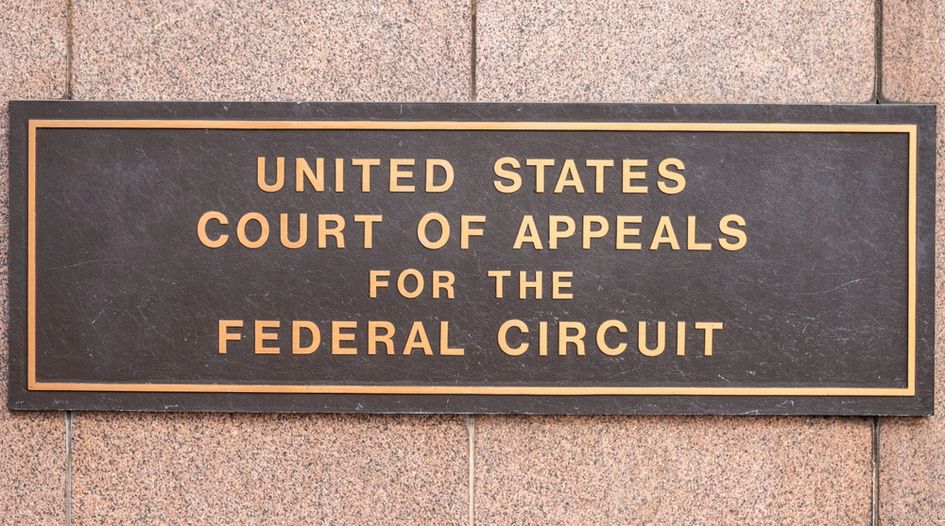Federal Circuit ruling demonstrates Dupont factors’ impact on evaluation of similar marks

In In Re: Charger Ventures LLC (22-1094; Fed Cir; 13 April 2023), the US Court of Appeals for the Federal Circuit upheld the TTAB’s refusal to register a mark due to the “close similarity” between the applied-for mark and a previously registered mark.
TTAB’s refusal
Charger Ventures applied to register SPARK LIVING, identifying its services as rental property management and real estate leasing and listing. Based on an existing mark, SPARK, which identified other real estate services such as rental brokerage, commercial property leasing and management, the examining attorney ultimately refused to register Charger’s mark – despite the company twice amending its application and disclaiming the word ‘living’.
Charger appealed to the TTAB, which used the 13 DuPont factors to analyse the likelihood of confusion. The board focused on five of them:
- similarity of the marks - SPARK LIVING fully incorporates SPARK and LIVING is both descriptive and disclaimed, making it “subordinate to SPARK”;
- similarity of the nature of goods/services - while not identical, commercial and residential real estate services may “emanate from a single source under a single mark”;
- similarity of trade channels - there exists “some overlap” between commercial and residential real estate trade channels;
- class of purchasers - although real estate purchasers exercise a high level of care, “even… sophisticated purchasers are not immune from source confusion”; and
- strength of the mark - SPARK is somewhat commercially weak but “even weak marks are entitled to protection”.
The TTAB did not announce the weight that it afforded to each factor but found that Charger failed to overcome the high similarity between its mark and SPARK. The board, therefore, affirmed the examining attorney and refused to register SPARK LIVING. Charger appealed to the Federal Circuit.
Charger Ventures’ appeal
With regard to the first factor, Charger argued that the board erred in finding similarity between the marks. The Federal Circuit disagreed, noting that Charger only disclaimed ‘living’ from its mark. The court explained that the disclaimer has no legal effect on the likelihood of confusion because consumers do not know which words have been disclaimed. It found that the TTAB properly considered the full mark and that the marks were clearly similar.
With regard to the second and third factors, Charger argued that the previous SPARK registration could not be extended to include residential real estate services. The Federal Circuit rejected Charger’s argument, finding that many trademarks bridge the commercial and residential gap and that a registration’s listed services do not limit the trade channels in which the mark operates.
Regarding the fourth factor, Charger argued that SPARK and SPARK LIVING appealed to different classes of purchasers. The Federal Circuit disagreed, finding that Charger had failed to show that residential property owners were distinct from commercial owners.
Charger asserted that the TTAB improperly analysed the final factor – since a mark’s weakness is “paramount” to the likelihood of confusion. However, the Federal Circuit agreed with the board that Charger failed to overcome the registered mark’s presumption of validity, despite other ’spark’ marks in the field. The court admonished Charger for “launch[ing] an attack on a registered mark” at the board and on appeal since the SPARK mark’s owner was not a party and “cannot defend the validity of its trademark rights”.
Finally, Charger challenged the TTAB’s failure to articulate the weight it accorded to each DuPont factor. The Federal Circuit acknowledged the deficiency but concluded that since the board provided a “reasonable explanation” for each factor and “the agency’s path may be reasonably discerned”, it refused to overturn the decision simply because the board could have better articulated the weight accorded to each factor in the written opinion.
Key Takeaway
Applicants hoping to overcome a refusal to register due to substantial similarity should be prepared to address the DuPont factors.
This is an Insight article, written by a selected partner as part of WTR's co-published content. Read more on Insight
Copyright © Law Business ResearchCompany Number: 03281866 VAT: GB 160 7529 10

